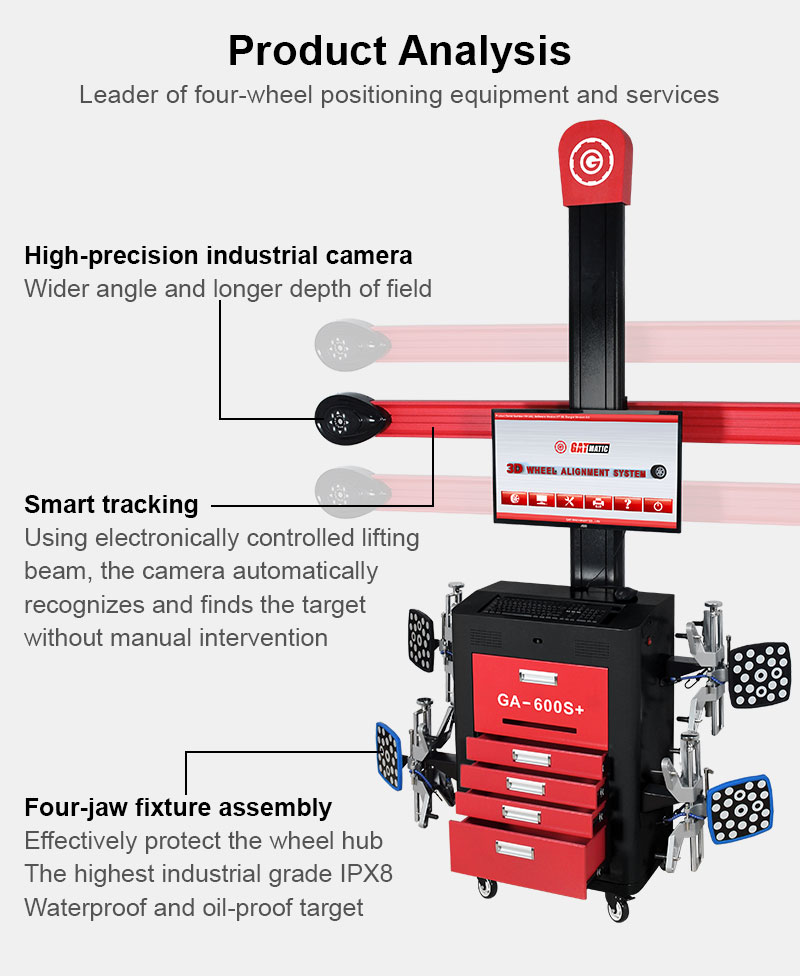The Effects of Poor Wheel Alignment on Tire Wear.
In today’s fast-paced world, we often overlook the unsung heroes of our daily commute—our car tires. These humble circles of rubber play a critical role in our safety, comfort, and vehicle performance. However, what many of us fail to realize is that the alignment of our wheels is directly linked to the lifespan and performance of our tires. In this article, we will delve into the intricate relationship between wheel alignment and tire wear. So, let’s hit the road and explore how a simple misalignment can have profound consequences.

I. Understanding Wheel Alignment
1.1 What is Wheel Alignment?
Wheel alignment refers to the precise adjustment of your vehicle’s suspension components, ensuring the wheels are parallel to each other and perpendicular to the road. It involves adjusting three primary angles: camber, caster, and toe.
1.2 The Importance of Proper Alignment
Proper wheel alignment is crucial for maintaining vehicle stability, handling, and tire longevity. When your wheels are correctly aligned, you’ll enjoy a smooth and controlled ride.
II. The Impact of Poor Alignment
2.1 Uneven Tire Wear
One of the most noticeable effects of poor wheel alignment is uneven tire wear. This issue is like eating an ice cream cone with a lopsided scoop; it’s just not as enjoyable.
2.2 Feathering
Feathering is a specific type of uneven tire wear where the tread wears down unevenly, causing a scalloped pattern on the tire. This not only decreases tire life but also leads to noisy rides.
2.3 Camber Issues
Camber, the angle of the wheels concerning the vertical axis, plays a significant role in tire wear. Improper camber can cause the tires to wear unevenly on the inside or outside edges.
2.4 Caster Complications
Caster affects your vehicle’s steering stability. If it’s off, your tires may wear unevenly, and steering may feel less responsive.
III. The Domino Effect of Misalignment
3.1 Increased Fuel Consumption
Misaligned wheels lead to more rolling resistance, which, in turn, requires more power from your engine and increased fuel consumption. It’s like trying to ride a bicycle with a flat tire—it takes more effort.
3.2 Reduced Traction
Proper tire grip on the road is essential for safe driving. Misalignment can lead to less contact with the road, reducing traction. This is akin to trying to run in slippery shoes on an icy sidewalk.
3.3 Suspension Strain
Misalignment places additional stress on your vehicle’s suspension system. This strain can lead to premature wear and costly repairs.
IV. Signs of Poor Alignment
4.1 Steering Wheel Off-Center
If your steering wheel isn’t centered when driving straight, it’s a red flag for alignment issues.
4.2 Vehicle Pulls to One Side
If your car veers to the left or right without input from you, it may be time for an alignment check.
4.3 Uneven Tire Wear
Keep an eye on your tire tread. If you notice uneven wear patterns, it’s time to visit your mechanic.
V. The Importance of Regular Alignment Checks
5.1 Preventative Maintenance
Regular alignment checks can catch issues early, preventing more significant problems down the road.
5.2 Prolonged Tire Life
Proper alignment ensures your tires wear evenly, extending their lifespan and saving you money.
VI. DIY vs. Professional Alignment
6.1 DIY Methods
While there are DIY alignment kits available, professional alignment services are recommended for precise results.
6.2 Expertise Matters
Trained technicians have the knowledge and equipment to diagnose and correct alignment issues effectively.
Conclusion
In conclusion, the effects of poor wheel alignment on tire wear are not to be underestimated. It’s a bit like neglecting to water your plants—they wither and die prematurely. Maintaining proper alignment not only ensures even tire wear but also contributes to vehicle safety and performance. So, next time you hit the road, remember that proper alignment is the key to a smoother, safer, and more economical journey.
FAQs
Q1: How often should I have my wheel alignment checked?
It’s a good practice to have your wheel alignment checked once a year or whenever you notice signs of poor alignment.
Q2: Can poor wheel alignment cause accidents?
A2: While it may not directly cause accidents, poor alignment can lead to reduced vehicle stability and control, increasing the risk of accidents.
Q3: What is the typical cost of a professional wheel alignment service?
A3: The cost can vary but generally falls between $50 to $100. It’s a small price to pay for prolonged tire life and safety.
Q4: Can I align my wheels at home with a DIY kit?
A4: DIY kits are available, but they may not provide the precision and expertise of a professional alignment service.
Q5: Are there any DIY tips for maintaining proper alignment between professional checks?
A5: Keep your tires properly inflated, avoid potholes and curbs, and pay attention to your vehicle’s handling and steering. These can help prolong proper alignment between professional checks.
Describe Your Needs In Detail!
We will carefully evaluate your needs and give professional solutions.



